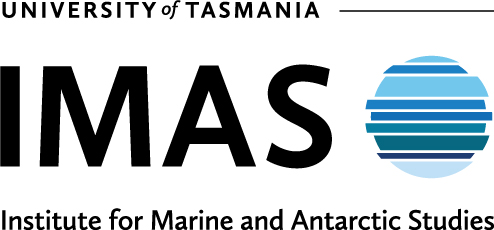Undaria
wakame (Undaria)
In Japanese.
Undaria pinnatifida

Photo credit: Marinova Pty Ltd
Undaria pinnatifida is an invasive kelp species originally native to coastal areas of Russia and Asia, with large populations in Japan, North Korea, and China (South et al., 2017). It was first found in Tasmania in 1988 (Sanderson and Barrett, 1989) and is now common in eastern Tasmania, especially in winter (Hurd et al., 2023). The species was first reported from eastern Tasmania in 1988, but may have been present since 1982. It was found in Port Phillip Bay, Victoria, in 1996. Molecular studies show that this introduction was separate from the one in Tasmania. They suggest that the Tasmanian Undaria came from western Japan, while the Victorian one came from either Korea or China (Uwai et al., 2006). Commercial harvesting of Undaria is done by hand by divers as part of the Tasmanian Marine Plant Fishery. Tasmanian Undaria is mainly used for producing of fucoidan compounds, which are used in food supplements, cosmetics, and in medical research (Hurd et al., 2023). It is also sometimes dried and used as the food product wakame. Undaria is a ‘declared plant pest/weed’ under the Biosecurity Act 2019. The primary management concern for the Undaria fishery is maintaining biosecurity and relevant licence conditions apply.
Assessment of the Tasmanian Marine Plant Fishery by the Australian Government’s Department of Climate Change, Energy, the Environment and Water is available here:
Learn more about what each stock status classification means on our Stock Status Classifications Information Page:



